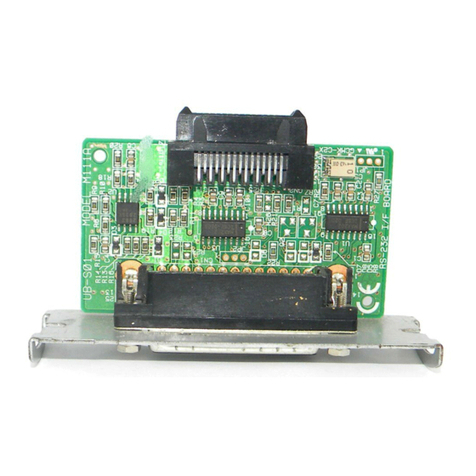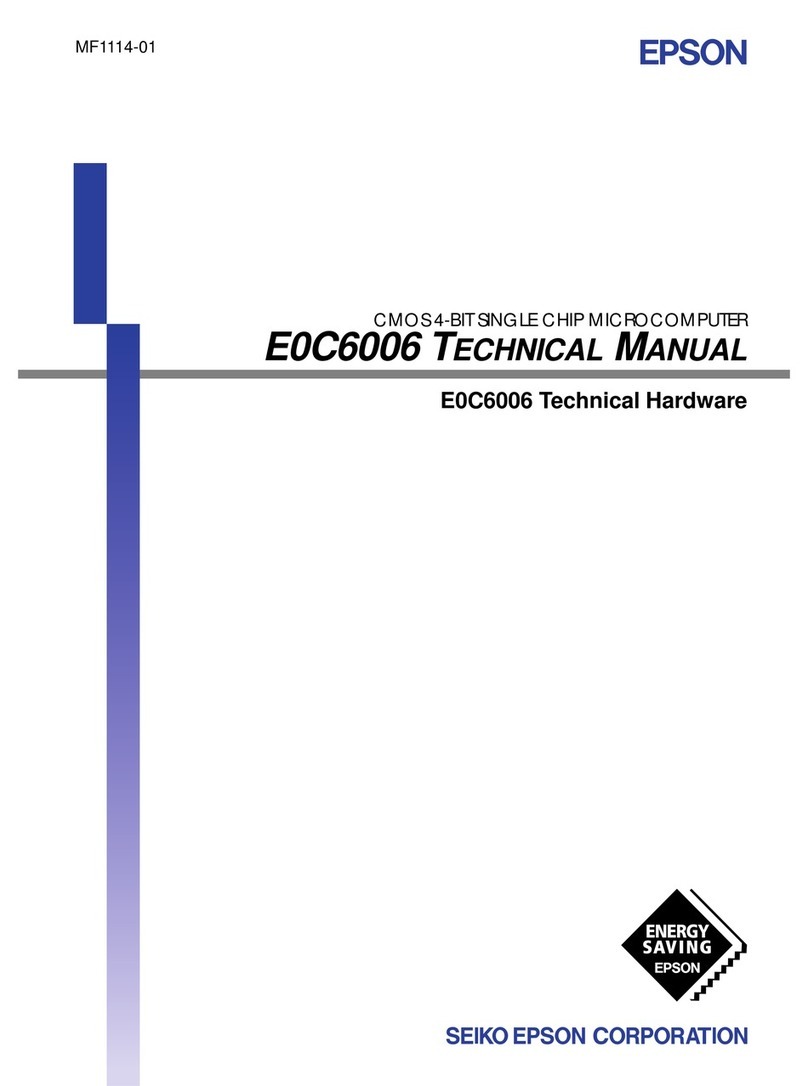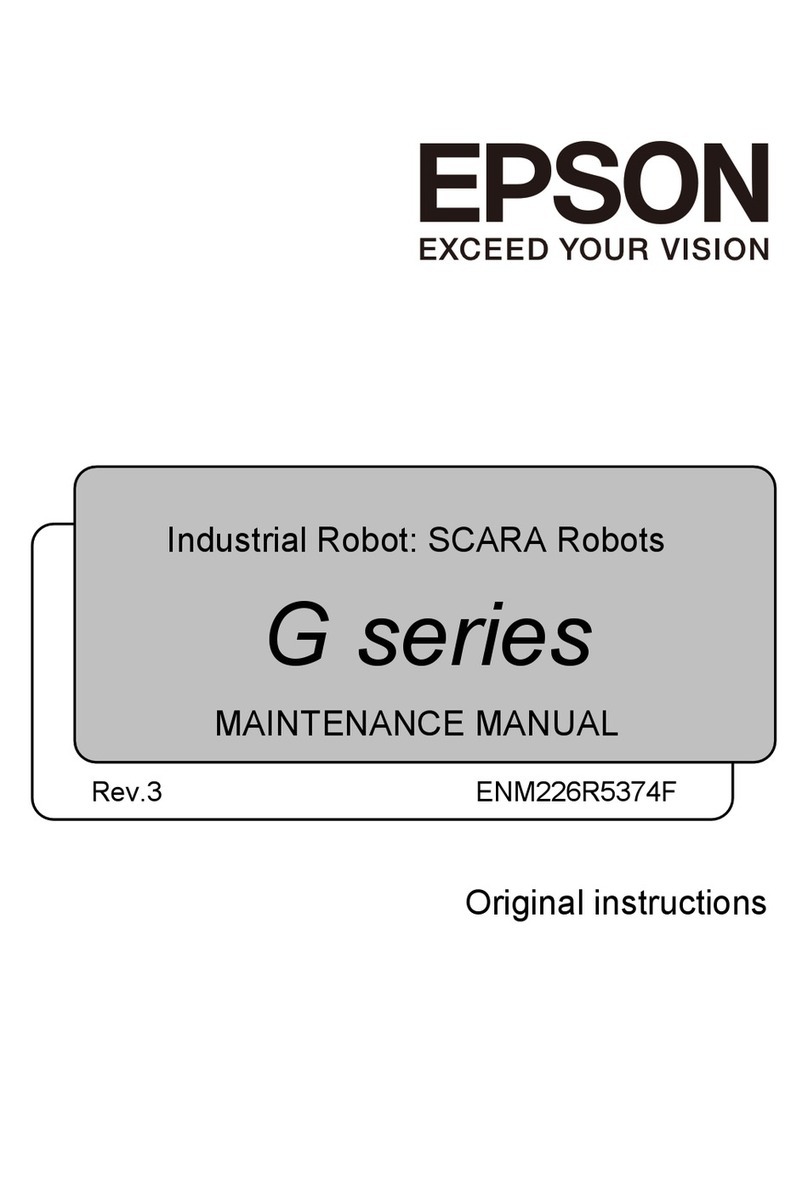Epson E0C6001 User manual
Other Epson Computer Hardware manuals
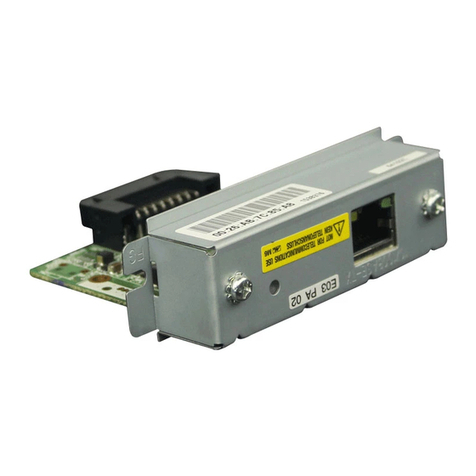
Epson
Epson UB-E03 User manual

Epson
Epson S5U1C63000H6 User manual

Epson
Epson XJack EFM288XJ User manual
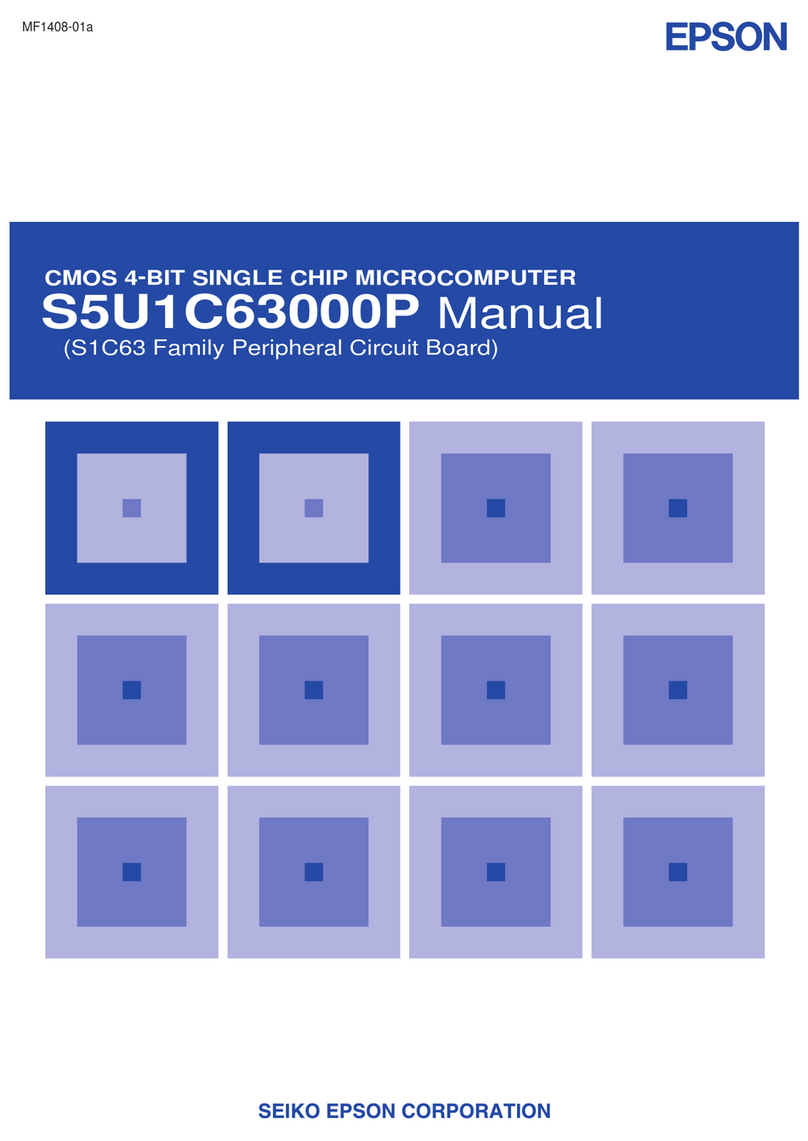
Epson
Epson S5U1C63000P User manual
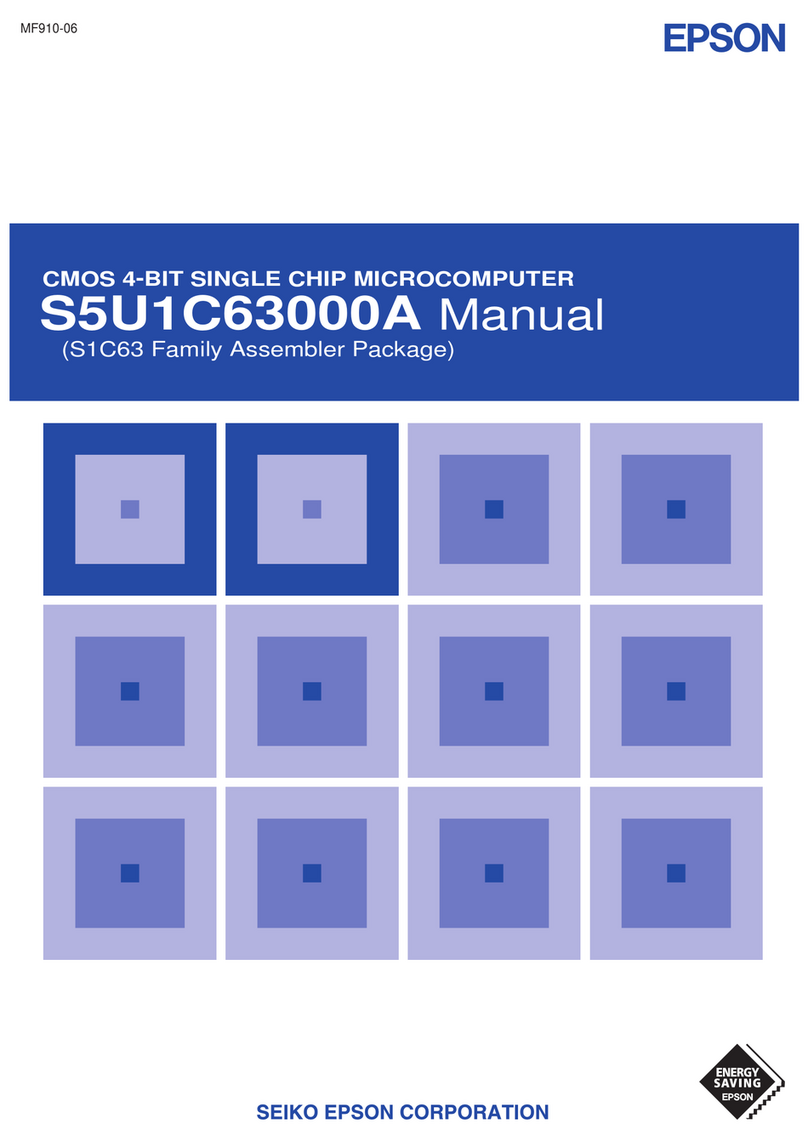
Epson
Epson S5U1C63000A User manual
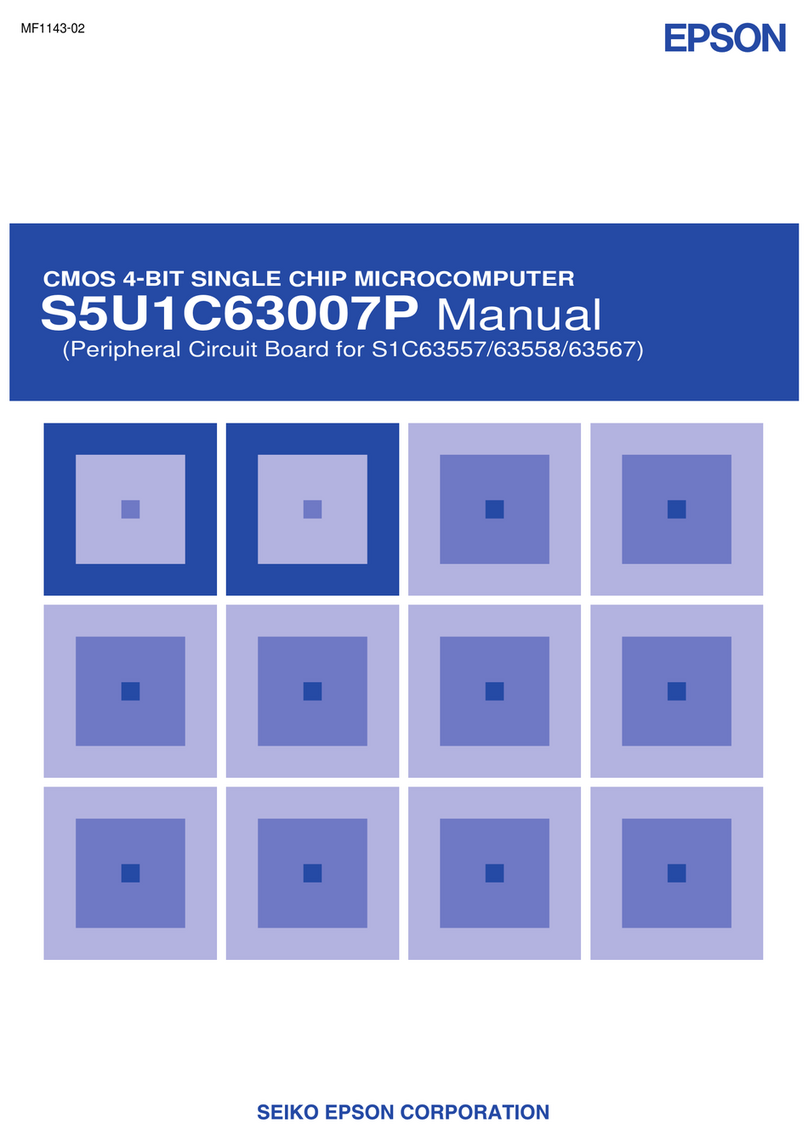
Epson
Epson S5U1C63007P User manual
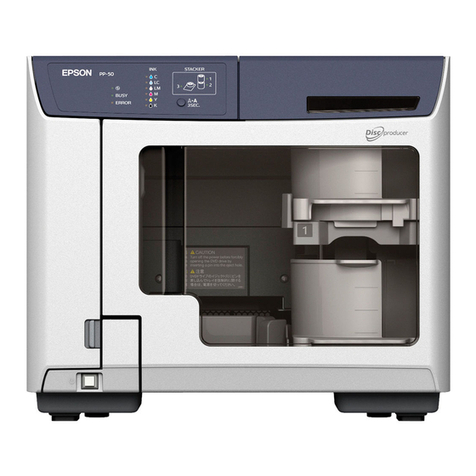
Epson
Epson Discproducer PP-50BD User manual
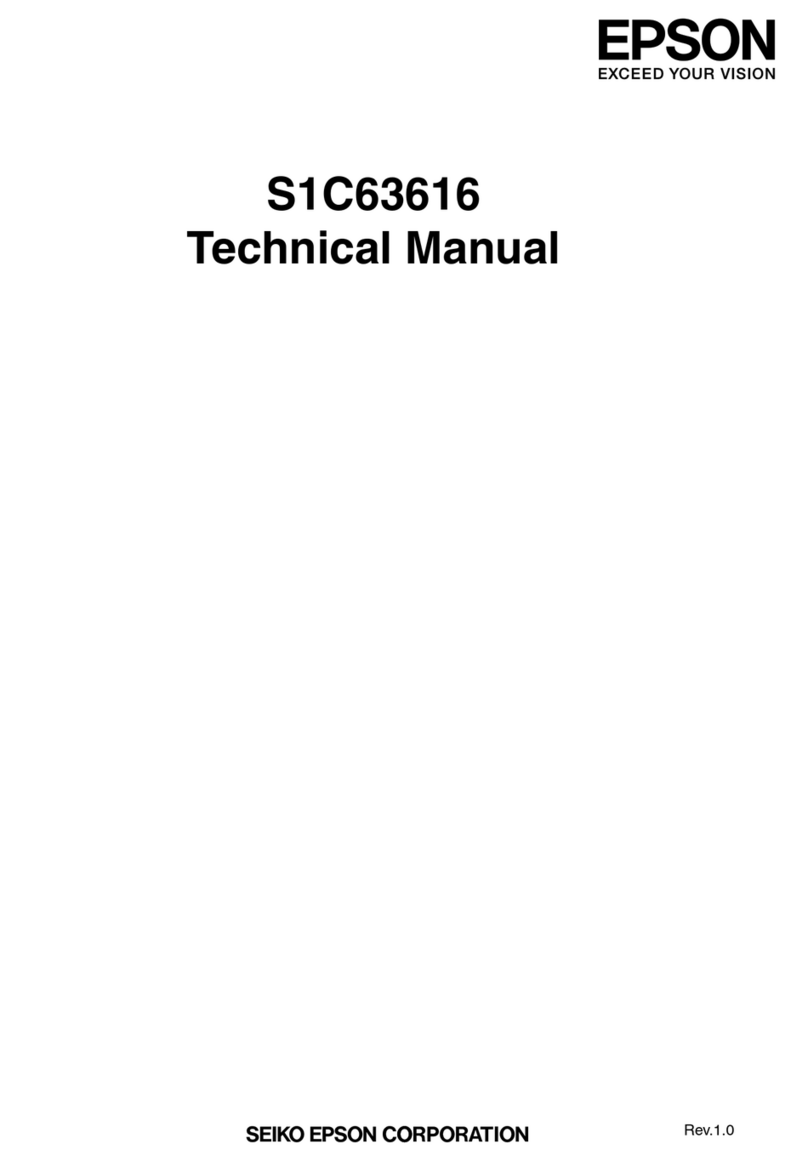
Epson
Epson S1C63616 User manual

Epson
Epson S1C6P366 User manual
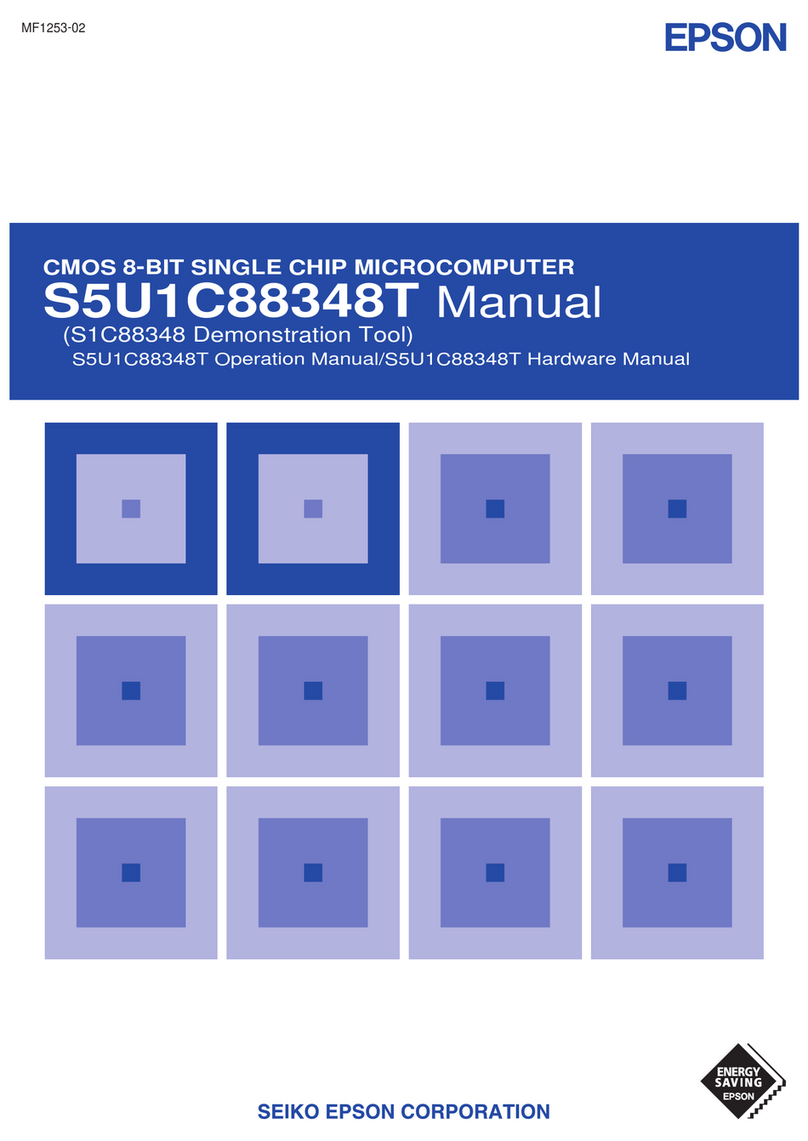
Epson
Epson S5U1C88348T User manual
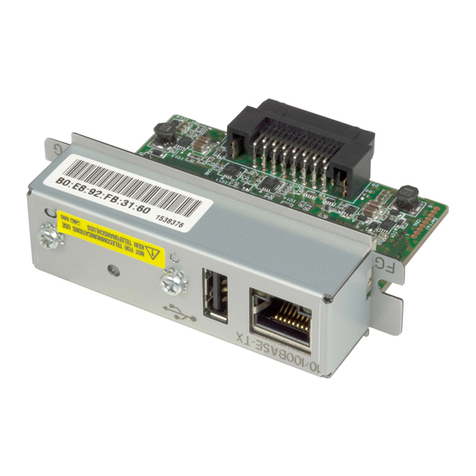
Epson
Epson UB-E04 User manual

Epson
Epson IMU G Series User manual
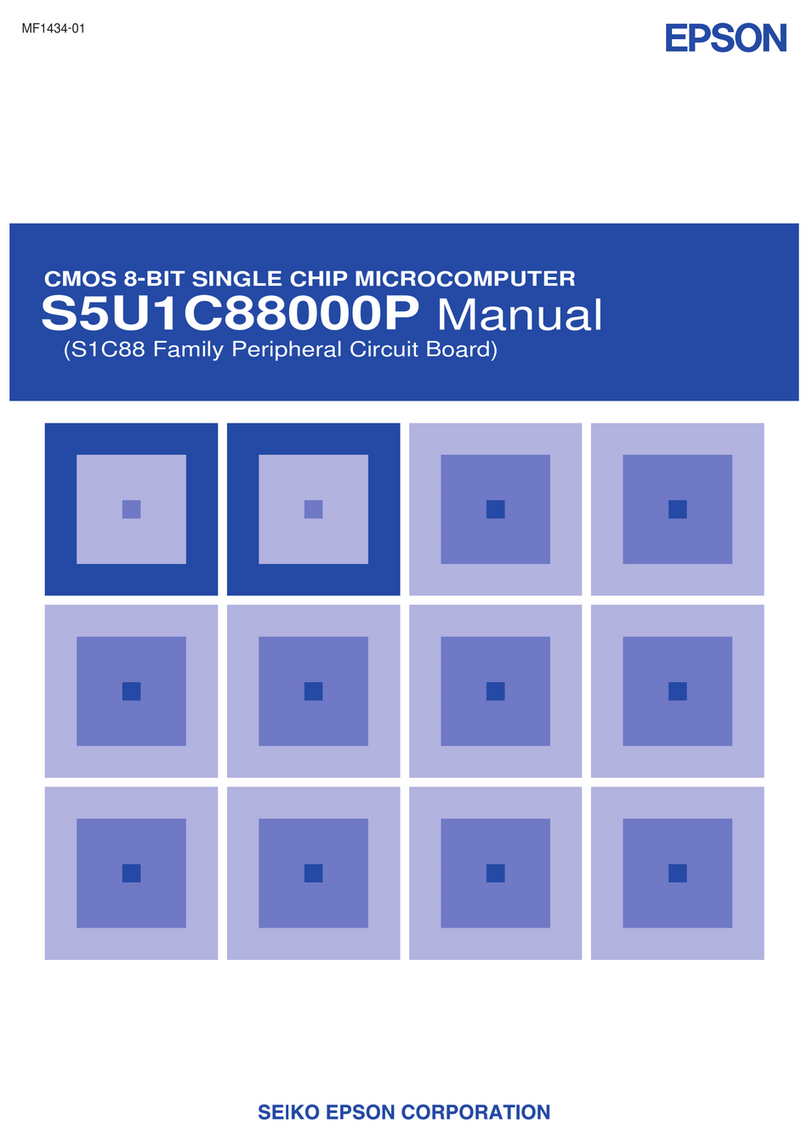
Epson
Epson S5U1C88000P User manual

Epson
Epson ARM720T Core cpu User manual

Epson
Epson S1C63358 User manual
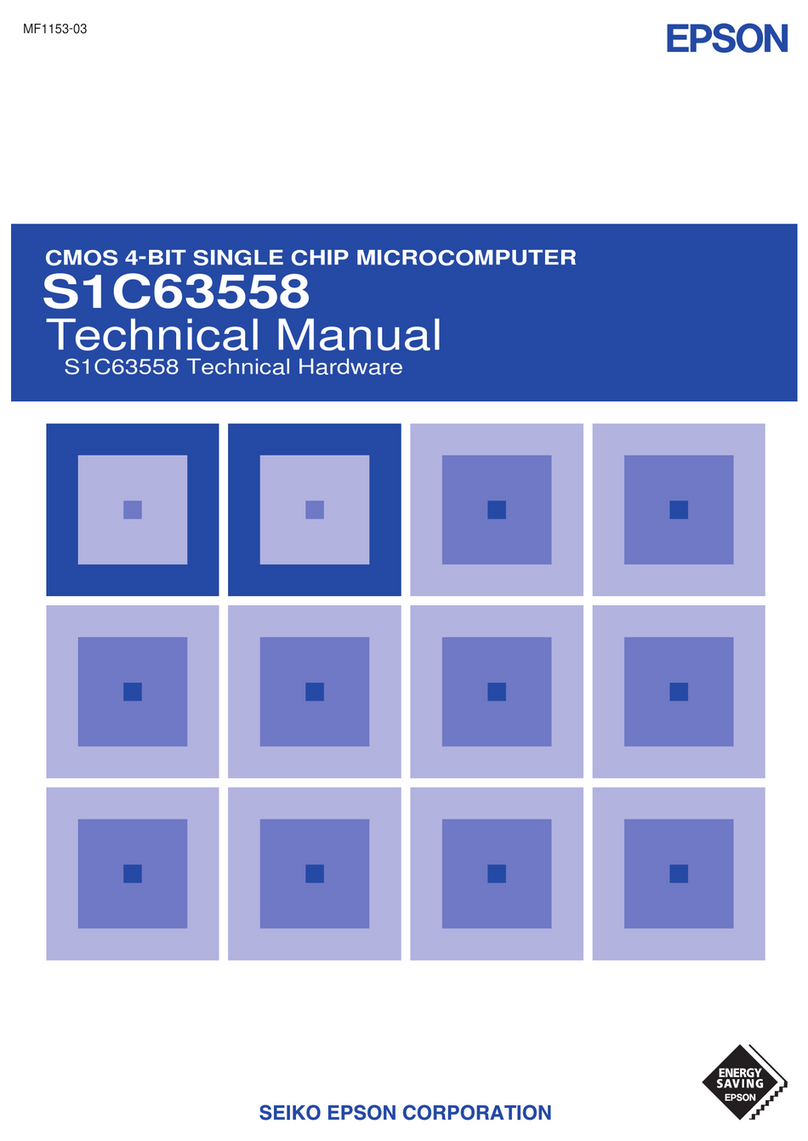
Epson
Epson S1C63558 User manual
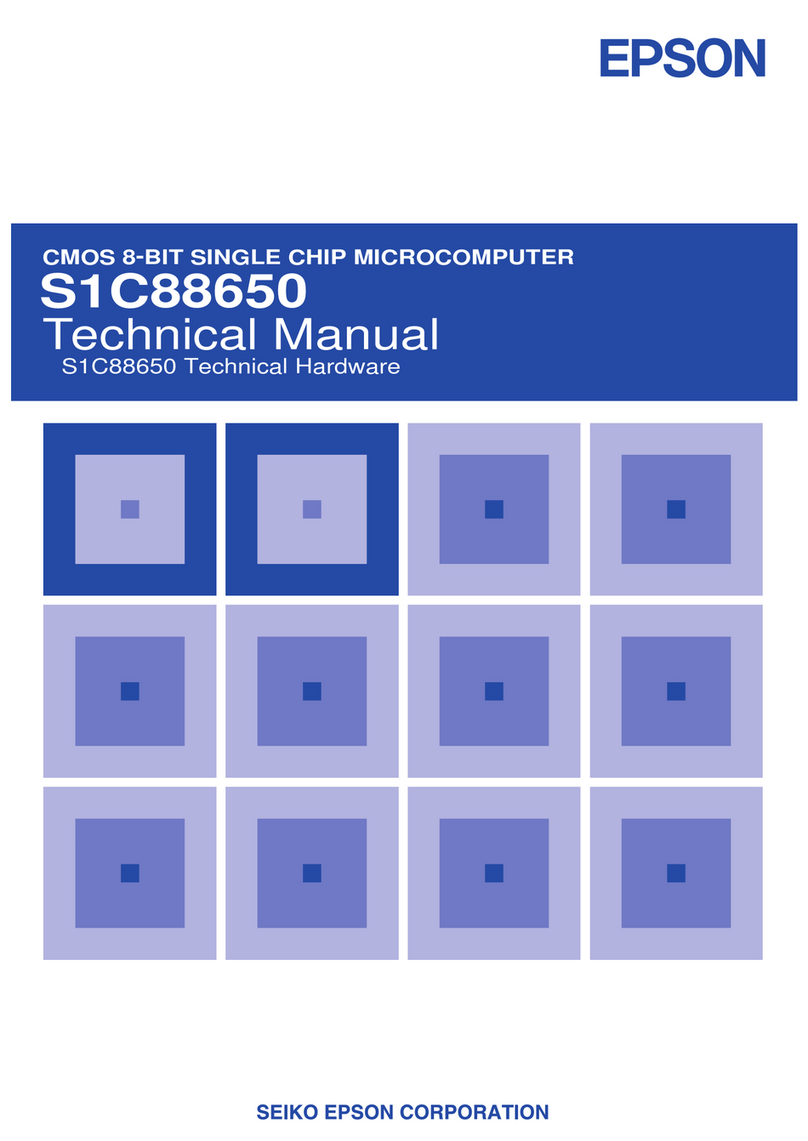
Epson
Epson S1C88650 User manual
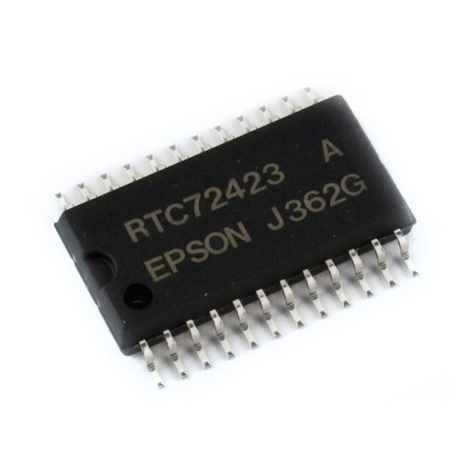
Epson
Epson RTC-72421 A Instructions for use
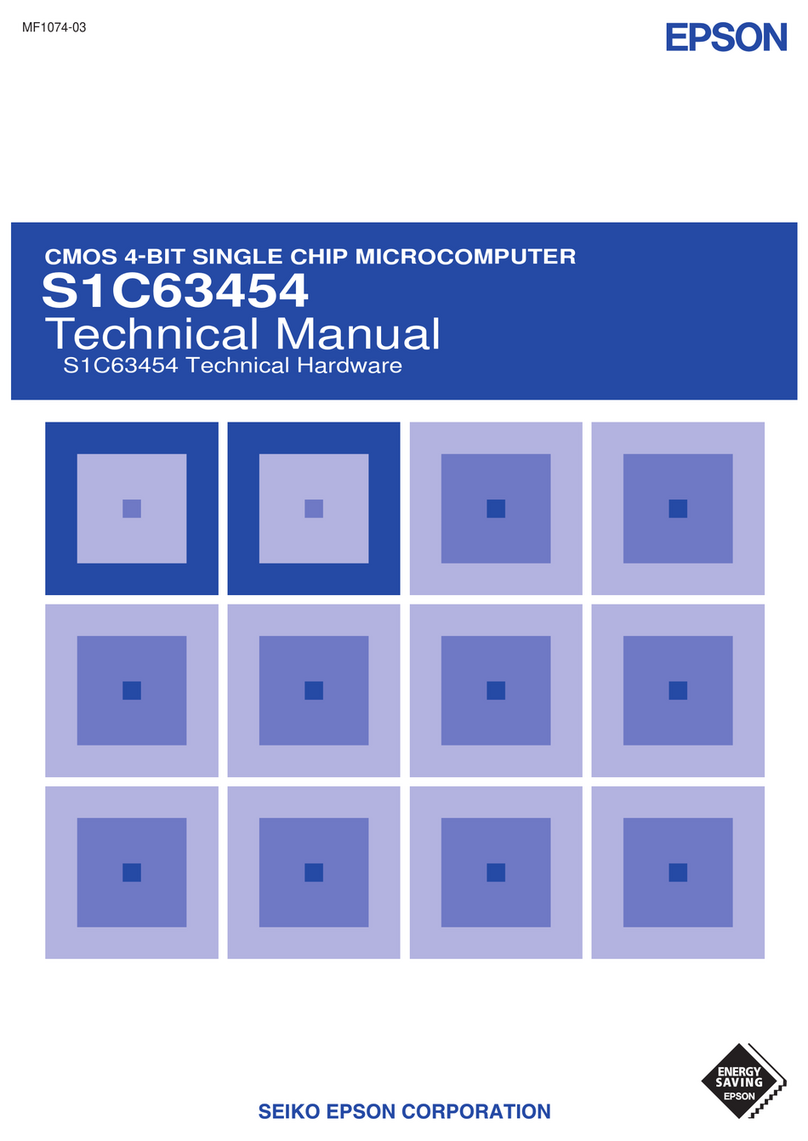
Epson
Epson S1C63454 User manual
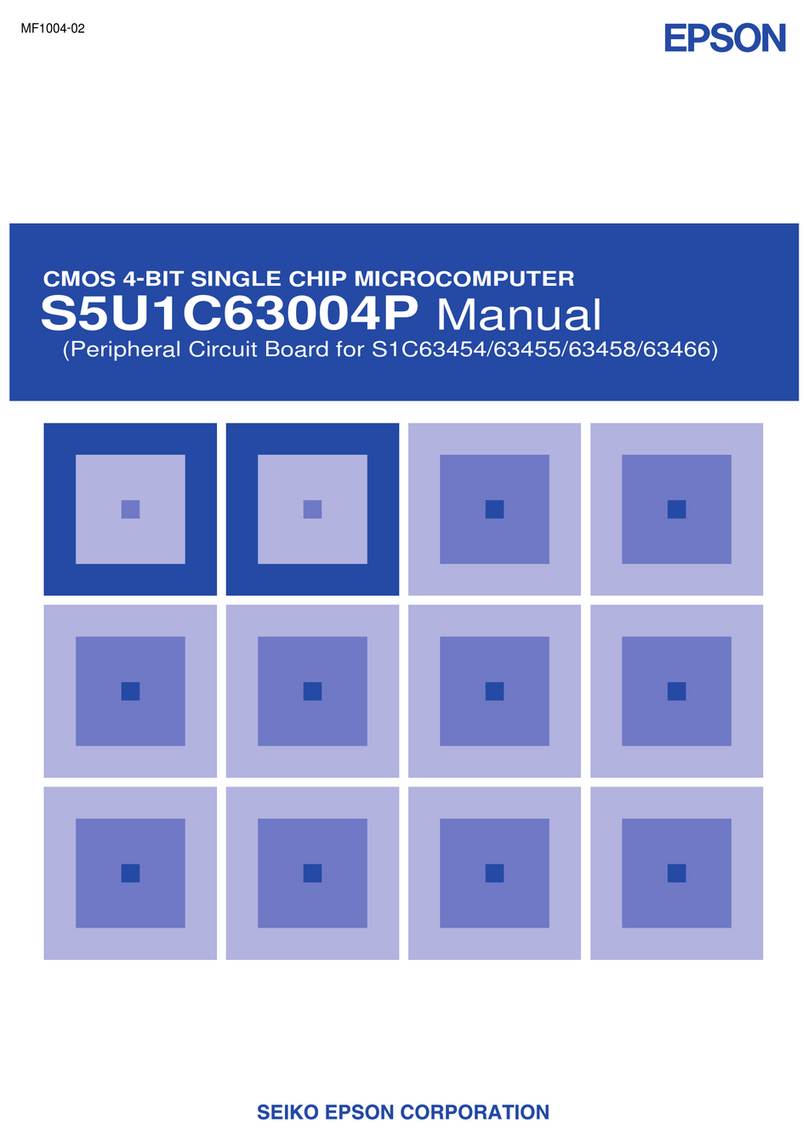
Epson
Epson S 1C63 Series User manual
Popular Computer Hardware manuals by other brands

EMC2
EMC2 VNX Series Hardware Information Guide

Panasonic
Panasonic DV0PM20105 Operation manual

Mitsubishi Electric
Mitsubishi Electric Q81BD-J61BT11 user manual

Gigabyte
Gigabyte B660M DS3H AX DDR4 user manual

Raidon
Raidon iT2300 Quick installation guide

National Instruments
National Instruments PXI-8186 user manual

